6 Stocks, 3 Bond Funds That Are Good for the Environment and Your Portfolio
Sustainable investing hasn’t just arrived; it’s fast becoming a bedrock principle.

Sustainable investing hasn’t just arrived; it’s fast becoming a bedrock principle. We looked for companies that are taking up the sustainability challenge and found some that are addressing pressing environmental problems—too much trash, scarce resources and increasingly intractable weather woes.
Some of these firms have had sustainability at the core of their business long before it was a buzzword. Our six picks range from tiny, more-speculative firms whose success depends on their environmentally focused operations, to large, dependable firms that are giving at least part of their business a greener tint. We also look at three choices in the new but fast-growing field of green bonds.
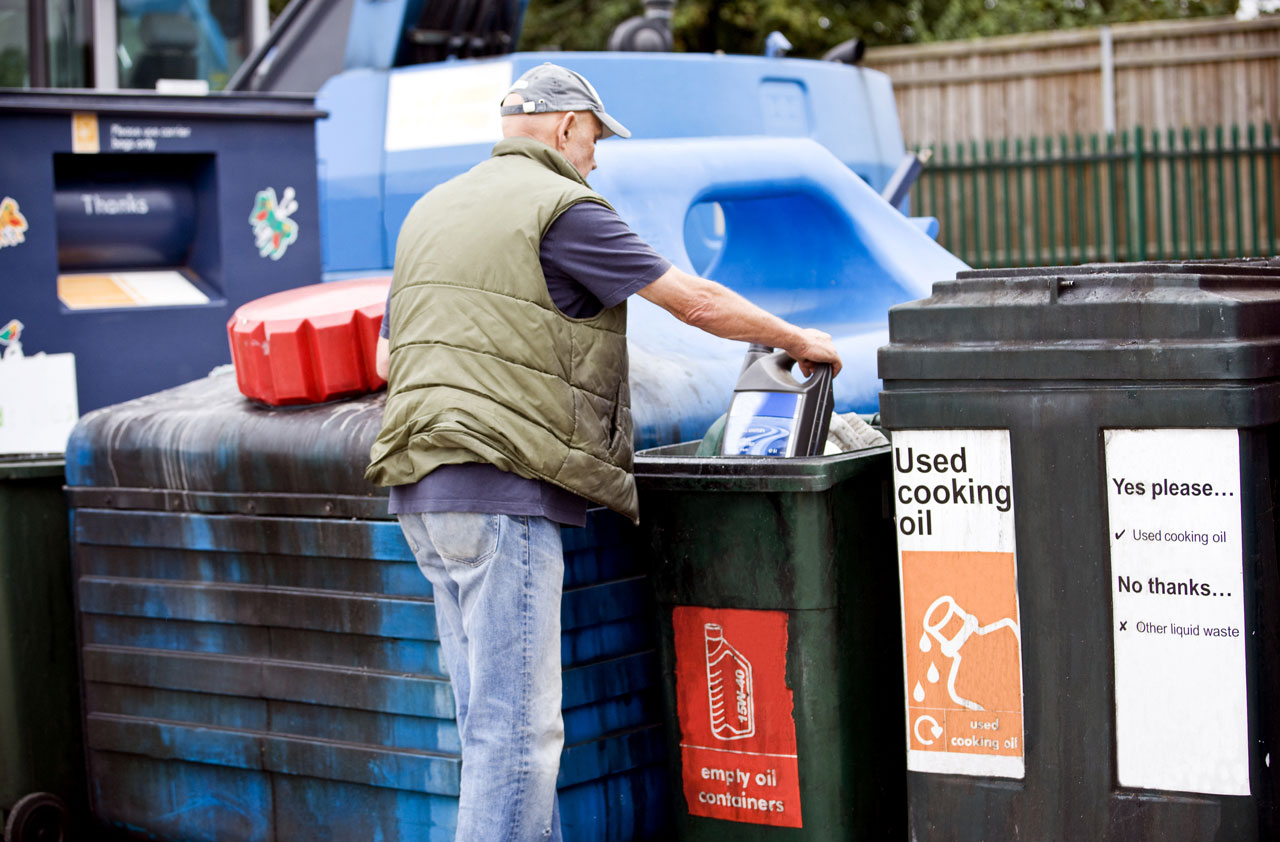
Tackling Waste: Darling Ingredients
- 1-year return: 27.6%
- Market cap: $4.4 billion
- P/E: 15
The world’s 7.5 billion people are contributing to an enormously untidy planet—not due just to trash and plastic but food waste, too. The world wastes about one-third of the food it produces—roughly 130 billion tons a year. That’s about 200 to 250 pounds per person, according to the Food and Agriculture Organization of the United Nations.
Darling Ingredients (DAR, $27), which began its life as a Texas rendering company in the 19th century, collects food waste and various animal by-products and transforms it all into more useful things for customers in the food, animal feed and fuel industries, among others.
For example, Darling’s Bakery Feeds division takes leftover bakery products—bread, dough, pasta, crackers, cereal, bagels, sweet goods and snack chips—and turns it into high-energy animal feed. Its Diamond Green Diesel unit takes animal fat, used cooking oil and distiller’s oils and turns it into diesel fuel.
That renewable-diesel business is on track to produce 1.1 billion gallons by 2024, up from 275 million currently, according to analysts at investment firm Baird, who named Darling stock a “top pick” for 2020.
In December, President Trump signed into law an extension of the biodiesel tax credit through 2022 (retroactive to 2018), and that provided the company with a big slug of the capital needed for future expansion. In the meantime, trends for the company’s other core businesses remain favorable, according to Baird analysts, who believe the stock can trade at $35 a share over the next 12 months, a nearly 30% increase from its recent close.
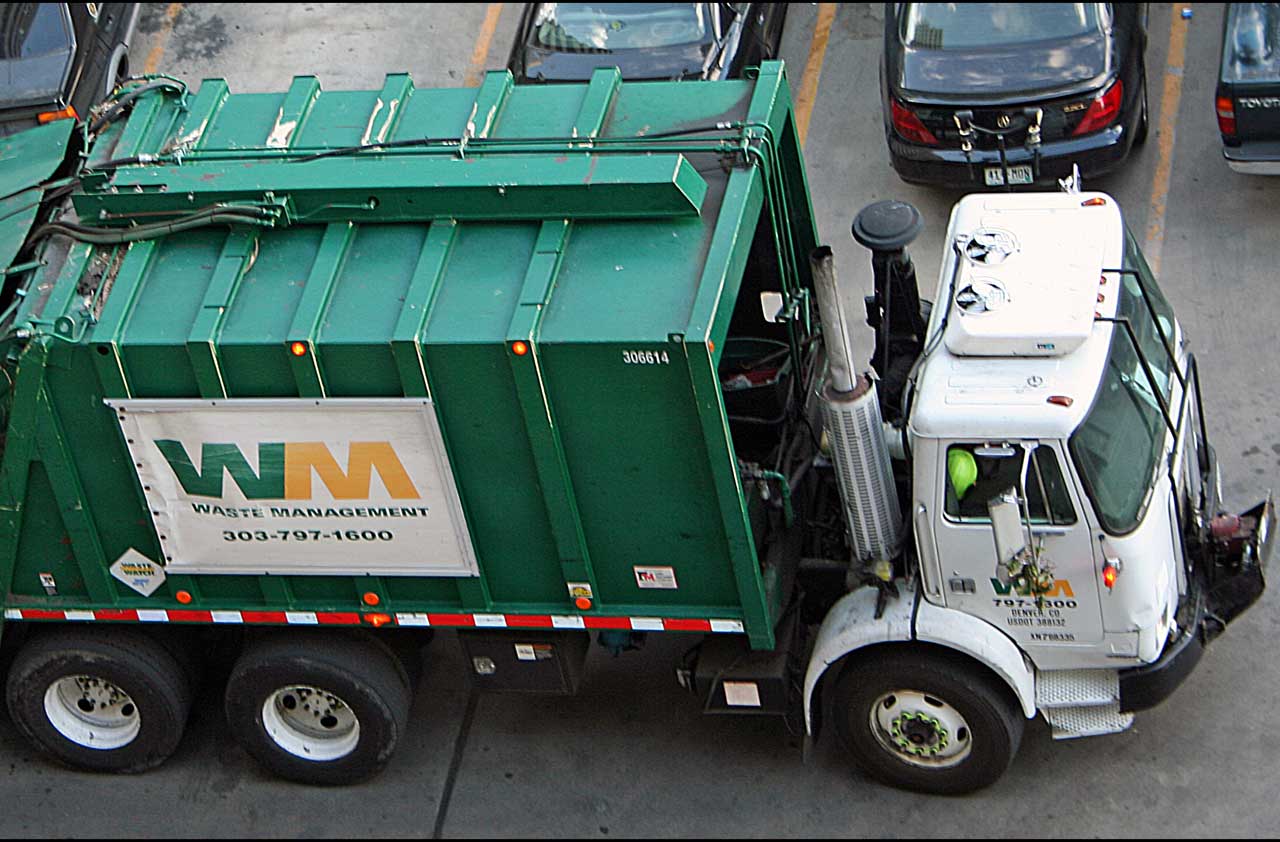
Tackling Waste: Waste Management
- 1-year return: 29.4%
- Market cap: $51.6 billion
- P/E: 14
Waste Management (WM, $122), another Texas company, is a less speculative play on the world’s growing mountain of trash. With a market capitalization of $52 billion, the firm is the largest trash collector (and disposer) in North America. It owns 252 solid waste landfills, 132 recycling facilities and 314 transfer stations, which consolidate, compact and transport waste to landfills.
Waste Management’s Renewable Energy division uses gas from decomposing waste to generate electricity, which it then sells to utilities. The company has about 7,600 trucks powered by natural gas, and one-third of those run on natural gas reclaimed from the company’s landfills.
Waste Management has an impressive dividend history, increasing its payout every year for the past 16 years. The most recent hike pushed the annual dividend from $2.05 to $2.18, giving the stock a yield of 1.8%. Furthermore, the company has a strong record of beating Wall Street’s earnings estimates, according to Zacks Investment Research.
We should note that Waste Management has plenty of competition. Nor is the stock cheap. The shares trade at 26 times expected 2020 earnings, compared with a multiple of 18 for Standard & Poor’s 500-stock index. Waste Management is a good defensive stock in a market decline, however—even in a recession, people have to take out the trash.
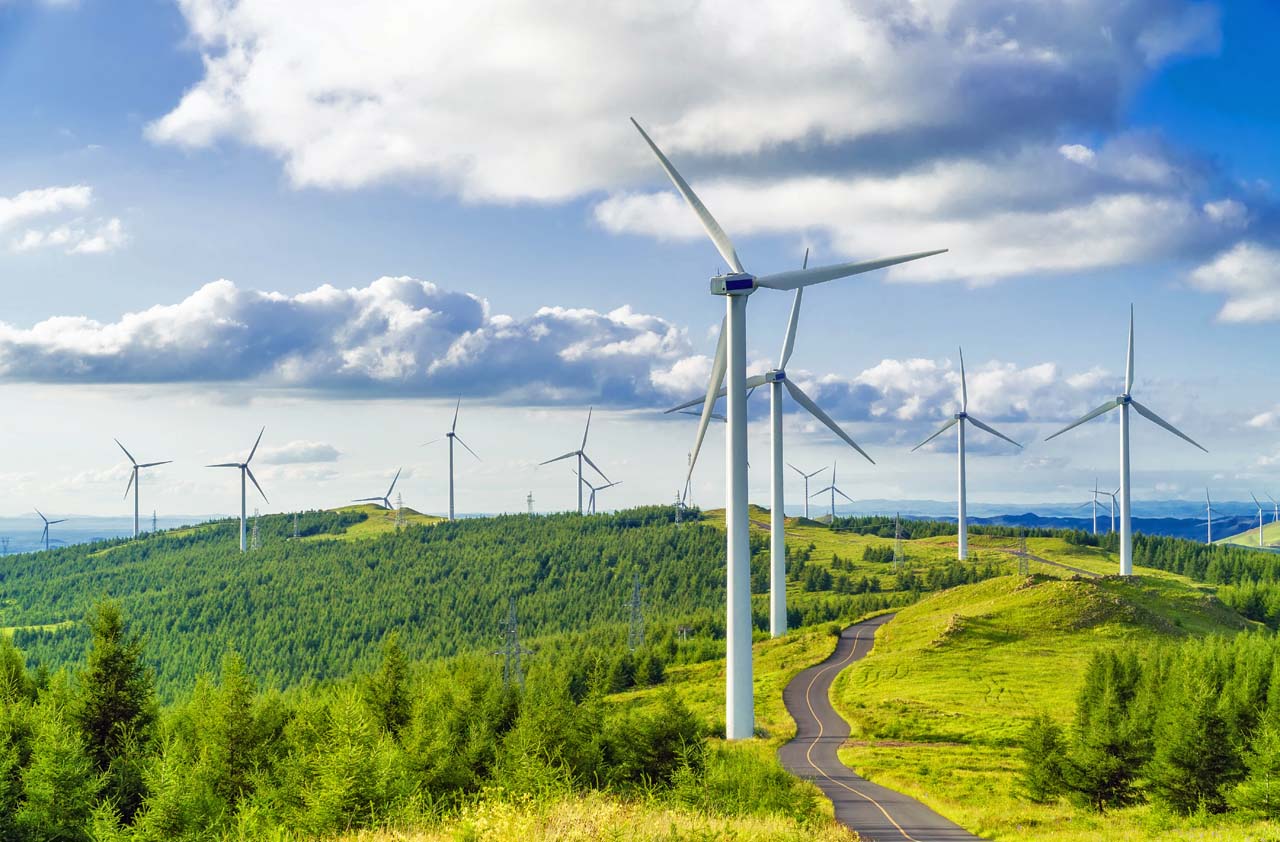
Alternative Energy: TPI Composites
- 1-year return: -31.6%
- Market cap: $750 million
- P/E: 20
If you want wind power, you need a windmill, and the most important part of a windmill is its propeller. TPI Composites (TPIC, $21) makes propellers for the wind industry that are strong, light and very, very large. A typical wind blade is about 130 to 145 feet long, although TPI has produced blades 230 feet long, which is longer than the wingspan of a long-haul jet.
TPI Composites has about 13% of the global wind propeller market, says Jonathan Waghorn, comanager of the Guinness Atkinson Alternative Energy Fund, and that market is growing rapidly. Newer turbines can be profitable to run in areas where the wind speed is as low as seven miles per hour (turbines needed 13 mph winds just a few years ago). TPI is also entering the fast-growing electric vehicle market, making light, high-strength electric bus bodies.
The small company, whose market value is less than $800 million, is expected to report a loss of a few cents a share for 2019, and the stock has been volatile. But TPI has spent heavily on new facilities, and 2020 could be a solid year. “The company is positioning itself for growth ahead,” Waghorn says.
That said, TPI is a small, emerging growth company, and such firms entail considerable risks. For one, the company has a meaningful presence in Turkey, where relations with the U.S. have been deteriorating, notes Value Line analyst James Flood. But TPI is roughly 36% off its 52-week high, and analysts who follow the stock give it a 12-month target price of just over $25 a share, on average.
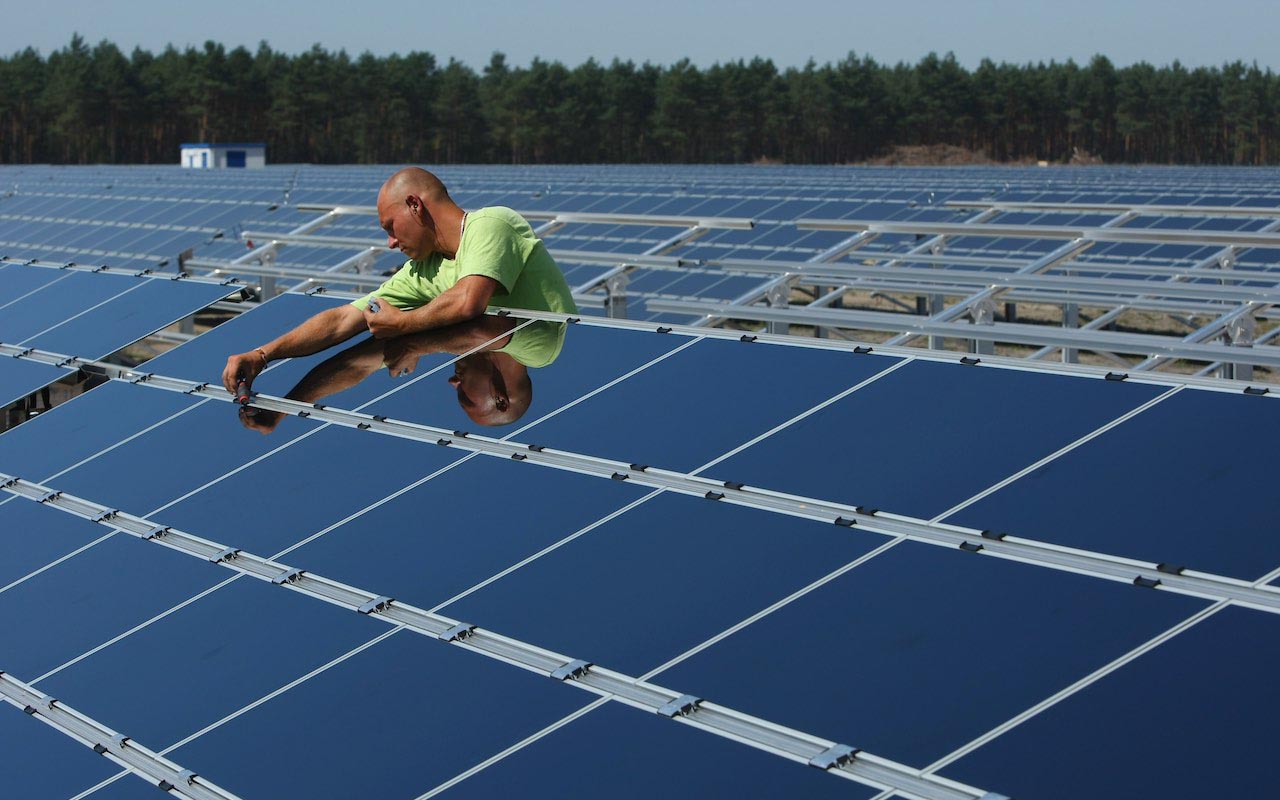
Alternative Energy: First Solar
- 1-year return: -2.0%
- Market cap: $5.2 billion
- P/E: 14
First Solar (FSLR, $50) is one of the brightest lights in the photovoltaic solar energy industry. And in the volatile world of solar stocks, it’s probably the safest bet. “It’s the ExxonMobil of solar,” says fund manager Waghorn, whose fund owns the stock.
Solar power installations have grown at a 50% average annual pace over the past decade, although growth has slowed. Meanwhile, the price of a residential solar installation has fallen 70% over the past 10 years, thanks in part to cheap solar panels made in China. (President Trump slapped a 30% tariff on Chinese solar panels in January 2018, set to decrease to 15% in 2021, although many manufacturers, including First Solar, have shifted production to other countries.)
First Solar has rolled out a new line of solar panels, called Series 6, which it makes at four factories in the United States, Malaysia and Vietnam. The firm’s proprietary, thin-film semiconductor technology has helped keep costs down—a key consideration in a highly deflationary industry.
The stock logged a 2% loss over the past year, a return that masks some big ups and downs along the way. But the company has a huge backlog of new orders, and the shares are reasonably priced, according to investment research firm Morningstar, which calculates a fair value for the stock of $62 a share. Wall Street analysts expect the company to report profits of $3.58 a share in 2020, giving the shares a price-earnings ratio of just under 14.
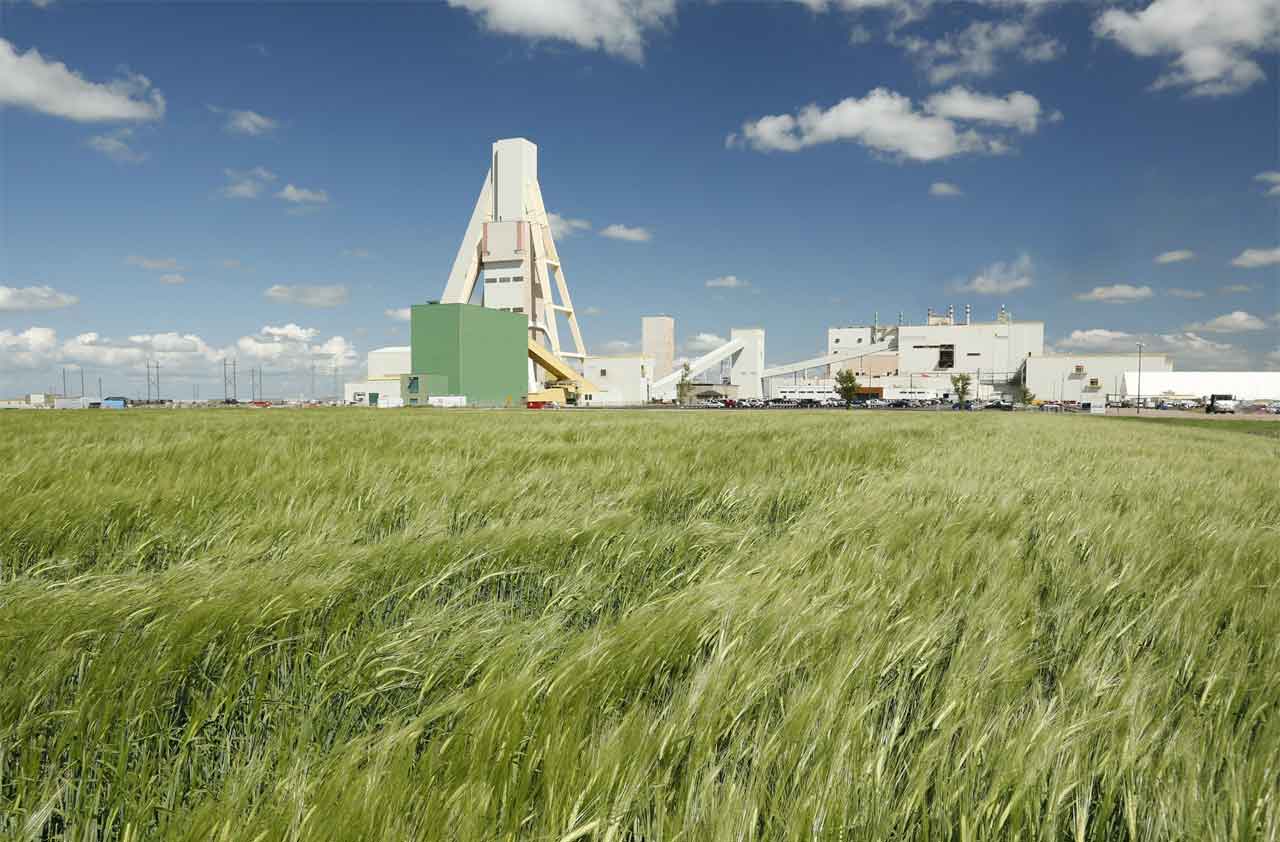
Climate Change: Nutrien
- 1-year return: -14.2%
- Market cap: $24.5 billion
- P/E: 15
No matter what your views are on climate change, there’s no arguing that weather patterns are changing. Farming, which has never been easy, bears the brunt of weather extremes.
Boosting crop yields with more fertilizer is one way to address increasing weather woes. Nutrien (NTR, $43), a Canadian firm whose stock trades on the New York Stock Exchange, is the world’s largest fertilizer company. Although the company isn’t small—its market value is nearly $25 billion—it’s a somewhat new entity. Nutrien was formed in 2018 through the merger of Potash Corp. of Saskatchewan and Agrium Corp.
The company weathered a challenging year in 2019, marked by the worst U.S. planting season in over a decade (thanks to heavy rains and flooding) and trade wars that cut U.S. soybean exports to China.
Although Nutrien produces crop nutrients, more than half of annual sales come from its retail division, with more than 1,700 locations that sell seeds, fertilizer and other merchandise directly to farmers. The firm says it has some 3,500 agronomists and experts working with growers to reduce the environmental impact of fertilizers while boosting crop yields sustainably.
Analysts expect profits of $2.84 per share in 2020, giving the shares a P/E of just 15 times year-ahead earnings. The stock, trading near a 52-week low, is rated “buy” by investment firm CFRA. The shares sport a robust dividend yield of nearly 4%.

Water: Xylem
- 1-year return: 15.9%
- Market cap: $14.7 billion
- P/E: 25
Just about everything on the planet needs water. Fresh water accounts for just 2.5% of the Earth’s water, and we’re not getting any more of it, despite the world’s increasing population. Xylem (XYL, $82) provides equipment and services that address the full water cycle, from collection to distribution and use, to the return of water to the environment.
The company operates in three segments, primarily in the U.S. and in emerging markets. Water Infrastructure focuses on the transportation, testing and treatment of water. The Applied Water segment makes pumps, valves, heat exchangers and dispensing equipment. Measurement & Control Solutions helps companies use water wisely.
Xylem said in November that demand from industrial end users, such as oil and gas companies and mining firms, had softened, clouding the stock’s short-term outlook. But its remaining operations are doing well—in particular with utilities, which represent roughly 50% of revenues, according to analyst Michael Gaugler at investment firm Janney Montgomery Scott. He recommends the stock for patient investors.
Over the long haul, Xylem should benefit as utilities continue to adopt smart metering, sophisticated data analytics and other cost-saving services and equipment. Moreover, according to ValueLine analysts, the U.S. is in the early stages of what will be a significant cycle of upgrades for water infrastructure, while emerging markets also continue to modernize.
Investors should note that Xylem is sensitive to U.S.–China relations, and that foreign currency fluctuations can impact profits. For now, the company’s healthy balance sheet and free cash flow are a plus. For investors with a long-term view, Xylem may be a cool drink of water.

Green Bonds, Too
Money is flooding into so-called green bonds, debt that raises cash exclusively to pay for environmentally friendly activities and projects. It’s a young market, just over 10 years old. But growth has accelerated in recent years in part because of a set of best-practice principles developed in 2014 by the International Capital Markets Association.
The green bond principles laid out what issuers need to do to issue a green bond, what kinds of projects are eligible, and what, when and how results need to be reported (the bonds are supposed to have a measurable impact). “It’s about transparency, reporting and what the bond is financing,” says William Sokol, a VanEck product manager. “Investors know they’re financing green projects, but they’re not taking on any extra risk compared with a non-green bond from the same issuer.”
A record $271 billion in green bonds was issued in 2019 by corporations, financial agencies and sovereign nations (or nation-groups, such as the European Union), pushing the outstanding market of debt that is labeled green to nearly $1 trillion. Citi offered its first green bond in 2019, a $1.1 billion issue to finance environmental strategies such as wind energy projects, a solar company initial public offering, and loans to build affordable housing that is LEED-certified—a globally recognized eco-friendly building certification system. Fannie Mae has issued green bonds to pay for projects to make multifamily developments more energy efficient.
Adherence to the green bond principles is voluntary for bond issuers. But the market can act as a regulator. If a firm issues a green bond that investors decide isn’t eco-friendly enough, fewer buyers will step up.
That’s what happened to Teekay Shuttle Tankers, a subsidiary of Teekay Offshore, in 2019. The Bermuda-based owner and operator of ships that transport oil from offshore drilling sites had planned to issue $150 million to $200 million to build four energy-efficient tankers, but many buyers balked. “It was viewed as enabling a dependence on fossil fuels, which is what we’re trying to get away from,” says Sokol. In the end, the firm issued just $125 million in green bonds.
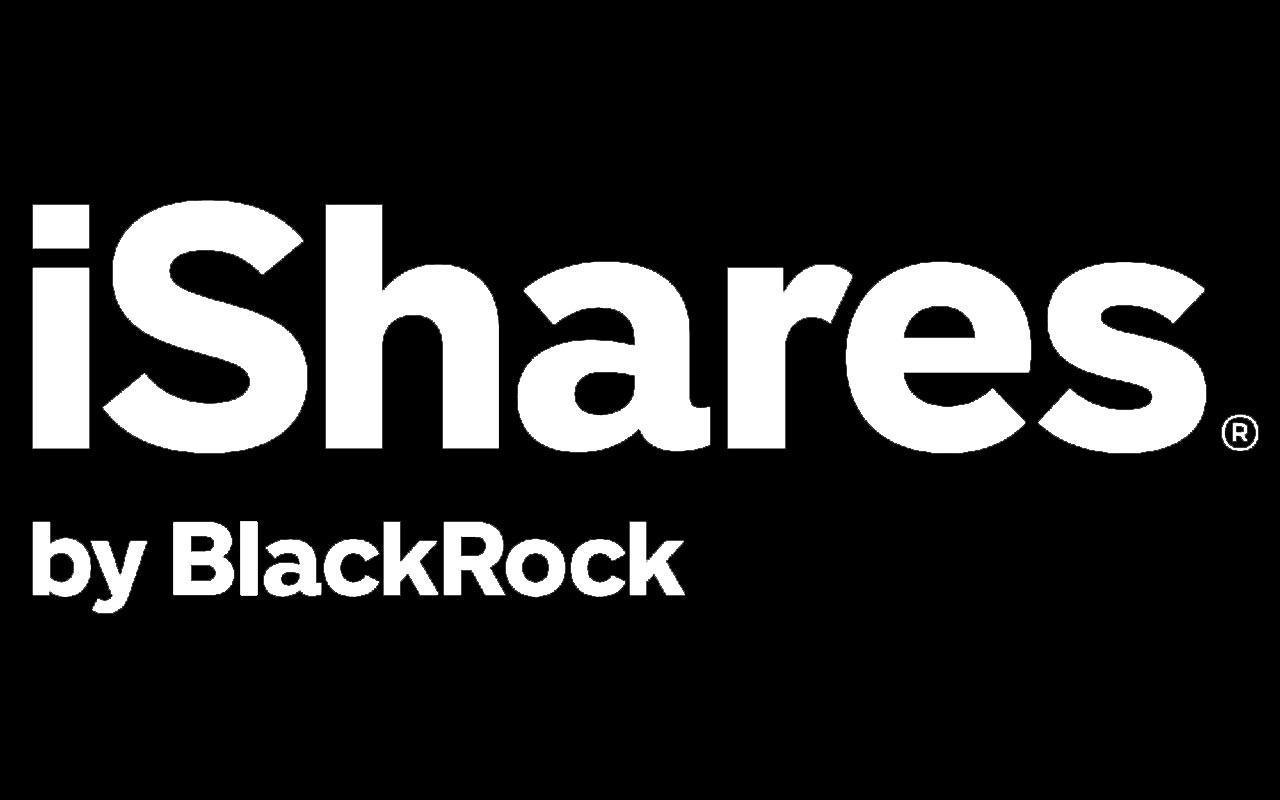
IShares Global Green Bond
Because green bonds have a short history, many of the funds that focus on this niche are new, too. IShares Global Green Bond ( BRGNBGRN, price $55, expense ratio 0.25%) opened in 2018. The exchange-traded fund invests in investment-grade sovereign and government-related debt, corporate bonds, and securitized IOUs denominated in local currencies in countries around the world. The fund hedges against currency swings. And all bonds in the fund are either branded “green” or meet standards set by financial firm MSCI for environmentally minded bonds. The ETF’s 0.78% yield is underwhelming, but it’s no less than a traditional global bond fund would yield, as measured by the Bloomberg Barclays Global Aggregate hedged index.
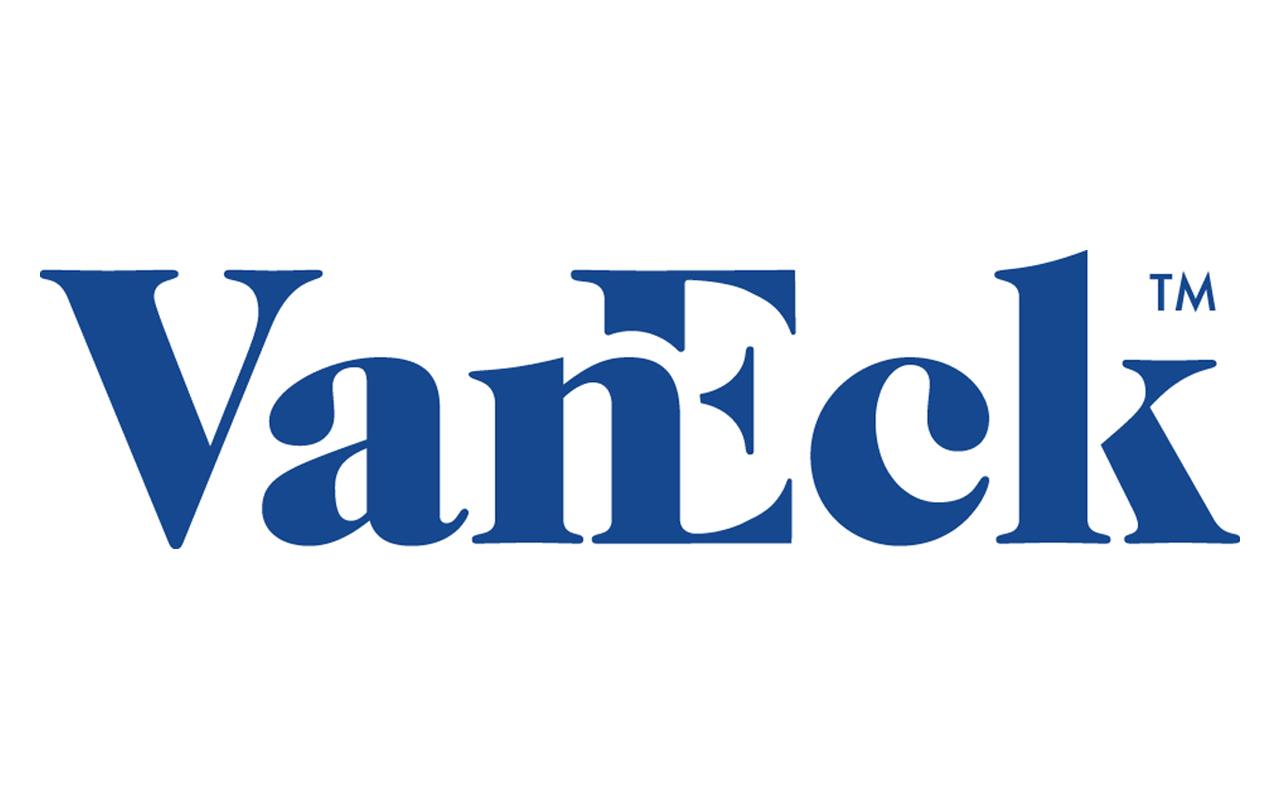
VanEck Vectors Green Bond
VanEck Vectors Green Bond (GRNB, $27, 0.20%), launched in 2017, yields a more robust 2.40%. One of the ETF’s top holdings, a Boston Properties bond, financed the construction of Salesforce Tower in San Francisco, a platinum-certified LEED building that features geothermal cooling, wind power generated by four wind turbines, and a water-recycling system that saves more than 7.8 million gallons of water every year.
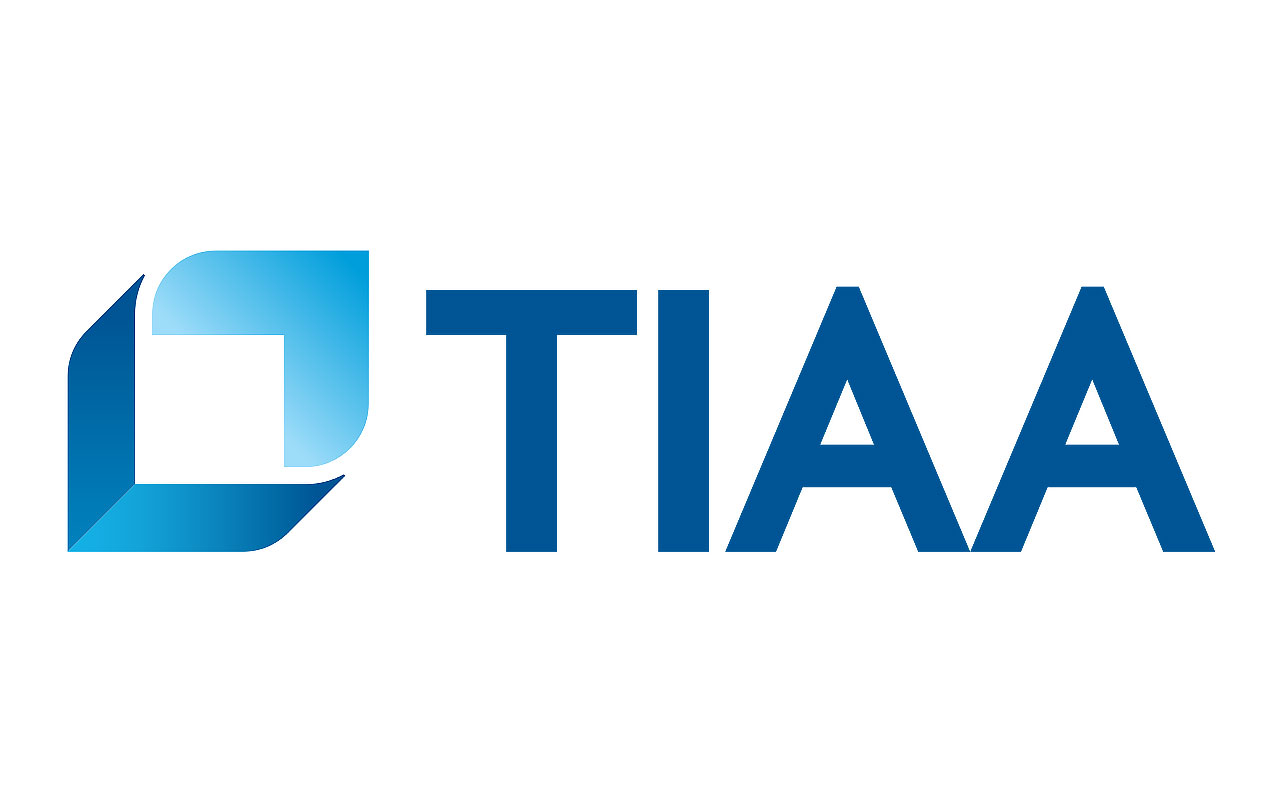
TIAA-CREF Green Bond
TIAA-CREF Green Bond (TGROX, expense ratio 0.80%) launched in 2018. But lead manager Stephen Liberatore has been picking socially and environmentally oriented bonds for more than a decade. He and Jessica Zarzycki invest mostly in high-quality, dollar-denominated bonds that deliver a direct and measurable environmental impact, using a framework that Liberatore created with his team in 2007. “We focus on transparency and disclosure,” he says.
The fund’s investments fit one of two broad themes: climate change and renewable energy, or natural resources. In its latest impact report, Nuveen’s TIAA-CREF stated that the fund’s $25 billion in investments have powered 71.7 million homes for one year with renewable energy and saved nearly 5 billion gallons of water, enough to fill more than 7,300 Olympic-size swimming pools, among other measures. The fund yields 2.21%.
Profit and prosper with the best of Kiplinger's advice on investing, taxes, retirement, personal finance and much more. Delivered daily. Enter your email in the box and click Sign Me Up.

Nellie joined Kiplinger in August 2011 after a seven-year stint in Hong Kong. There, she worked for the Wall Street Journal Asia, where as lifestyle editor, she launched and edited Scene Asia, an online guide to food, wine, entertainment and the arts in Asia. Prior to that, she was an editor at Weekend Journal, the Friday lifestyle section of the Wall Street Journal Asia. Kiplinger isn't Nellie's first foray into personal finance: She has also worked at SmartMoney (rising from fact-checker to senior writer), and she was a senior editor at Money.
-
 How to Safely Open an Online Savings Account
How to Safely Open an Online Savings AccountOnline banks offer generous APYs that most brick-and-mortar banks can't match. If you want to make the switch to online but have been hesitant, I'll show you how to do it safely.
-
 7 Ways to Age Gracefully Like the Best Stock Photo Seniors
7 Ways to Age Gracefully Like the Best Stock Photo SeniorsAs a retirement editor, I've gleaned valuable wisdom (and a lot of laughs) from one older couple that tops the seniors' stock photo charts.
-
 My First $1 Million: Banking Executive, 48, Southeast U.S.
My First $1 Million: Banking Executive, 48, Southeast U.S.Ever wonder how someone who's made a million dollars or more did it? Kiplinger's My First $1 Million series uncovers the answers.
-
 The 24 Cheapest Places To Retire in the US
The 24 Cheapest Places To Retire in the USWhen you're trying to balance a fixed income with an enjoyable retirement, the cost of living is a crucial factor to consider. Is your city the best?
-
 5 Stocks to Sell or Avoid Now
5 Stocks to Sell or Avoid Nowstocks to sell In a difficult market like this, weak positions can get even weaker. Wall Street analysts believe these five stocks should be near the front of your sell list.
-
 Best Stocks for Rising Interest Rates
Best Stocks for Rising Interest Ratesstocks The Federal Reserve has been aggressive in its rate hiking, and there's a chance it's not done yet. Here are eight of the best stocks for rising interest rates.
-
 The Five Safest Vanguard Funds to Own in a Volatile Market
The Five Safest Vanguard Funds to Own in a Volatile Marketrecession The safest Vanguard funds can help prepare investors for market tumult but without high fees.
-
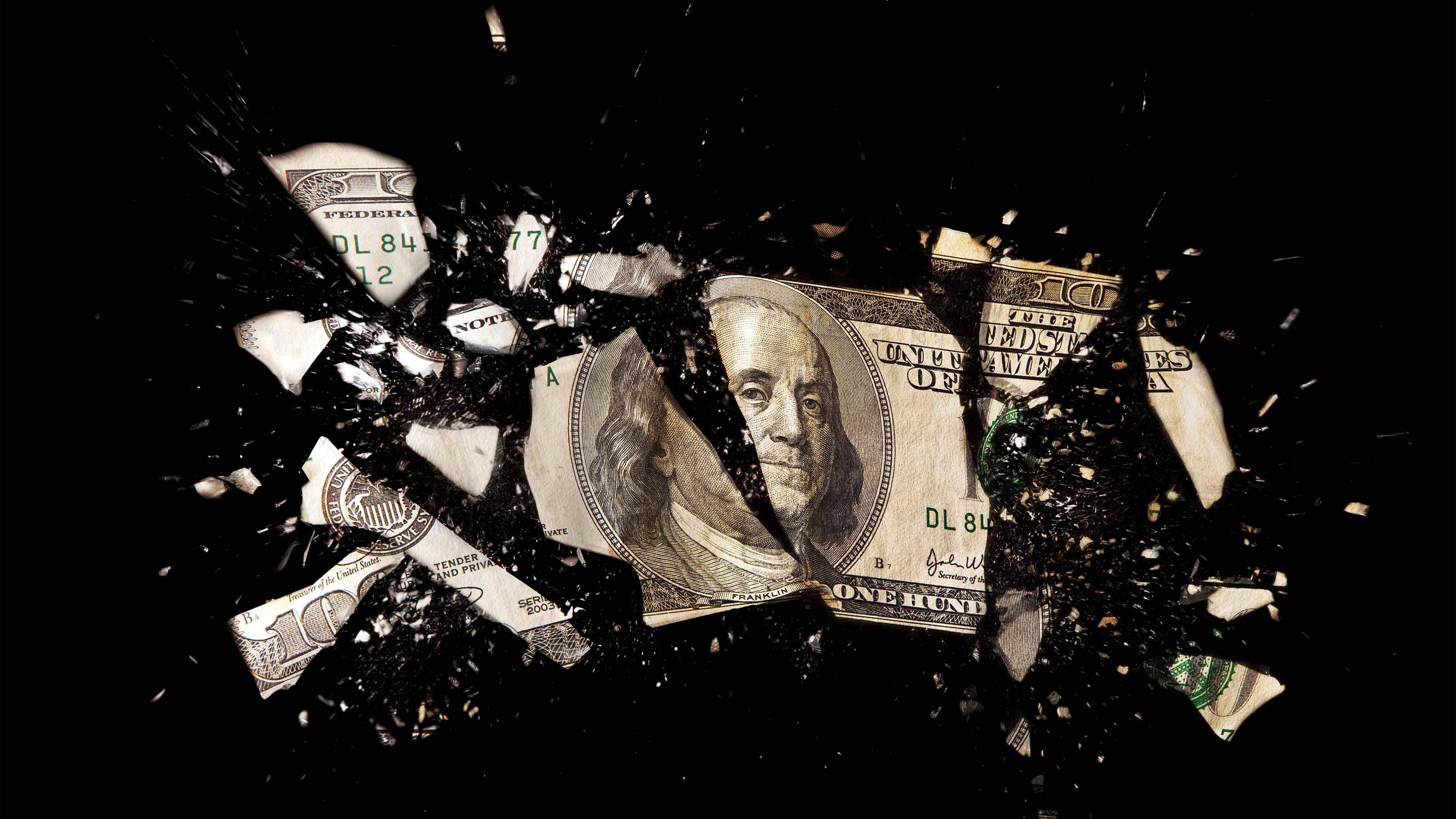 The 5 Best Inflation-Proof Stocks
The 5 Best Inflation-Proof Stocksstocks Higher prices have been a major headache for investors, but these best inflation-proof stocks could help ease the impact.
-
 5 of the Best Preferred Stock ETFs for High and Stable Dividends
5 of the Best Preferred Stock ETFs for High and Stable DividendsETFs The best preferred stock ETFs allow you to reduce your risk by investing in baskets of preferred stocks.
-
 What Happens When the Retirement Honeymoon Phase Is Over?
What Happens When the Retirement Honeymoon Phase Is Over?In the early days, all is fun and exciting, but after a while, it may seem to some like they’ve lost as much as they’ve gained. What then?
-
 5 Top-Rated Housing Stocks With Long-Term Growth Potential
5 Top-Rated Housing Stocks With Long-Term Growth Potentialstocks Housing stocks have struggled as a red-hot market cools, but these Buy-rated picks could be worth a closer look.


